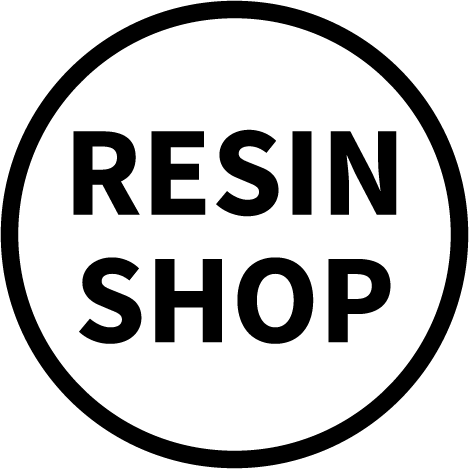How to Create 3D Effects with Epoxy Resin
Creating 3D effects with epoxy resin allows you to add depth, texture, and layered visual interest to your resin projects. By pouring multiple layers and embedding materials at different levels, you can achieve a truly dimensional finish. Here’s how:
🪵 Step 1: Choose a Suitable Surface
- Use a sturdy base such as a:
✅ Wood panel
✅ Rigid canvas
✅ Acrylic or MDF board - Ensure the surface can support the weight of multiple resin layers.
🧠 Step 2: Plan Your Design
- Visualize your final composition and think in layers.
- Decide which objects or elements will go into each layer and at what depth or height.
- Sketch your idea to help with placement and sequencing.
🧼 Step 3: Prepare the Surface
- Make sure the surface is clean, dry, and dust-free.
- Apply a sealant or primer if the material is porous (e.g., wood or canvas).
- A smooth base layer helps prevent unwanted absorption and bubbles.
🧊 Step 4: Pour the Base Layer
- Mix your epoxy resin according to the manufacturer’s instructions.
- Pour a thin base layer of resin to act as the foundation.
- Let it partially cure until it becomes tacky, which helps anchor future elements.
🔍 Step 5: Add Objects & Elements
- Once the base is tacky, begin placing your elements, such as:
✅ Small toys or models
✅ Dried flowers or leaves
✅ Pebbles, shells, or glitter
✅ Resin-cast shapes or designs - Use tweezers or a toothpick for precise placement.
📏 Step 6: Build Up the Layers
- Pour subsequent layers of clear or tinted resin, letting each one partially or fully cure depending on the effect you want.
- Position new elements between layers to create depth and floating effects.
- Be patient — curing between pours ensures clarity and clean layering.
🌀 Step 7: Manipulate the Resin (Optional)
- Use brushes, heat guns, stir sticks, or other tools to:
✅ Create swirls and motion effects
✅ Add transparency gradients
✅ Blend colours subtly between layers - This enhances the sense of depth and fluid movement in your artwork.
🪞 Step 8: Finishing Touches
- Once all layers are fully cured, sand the surface (if needed) to remove any imperfections.
- Use progressively finer grits for sanding and polish to a glossy or matte finish depending on preference.
- Consider applying a final clear coat for a flawless top layer.
⚠️ Safety Reminders
- Always work in a well-ventilated area and wear nitrile gloves and eye protection.
- Follow the resin manufacturer’s instructions for mixing ratios, working time, and curing times.
- Work on a level surface to avoid uneven pours.




